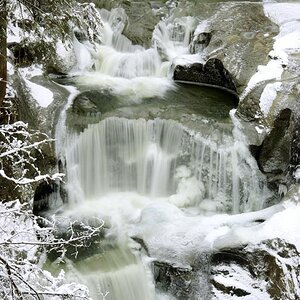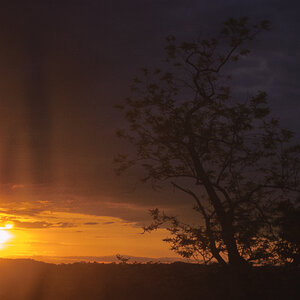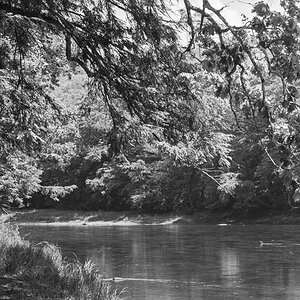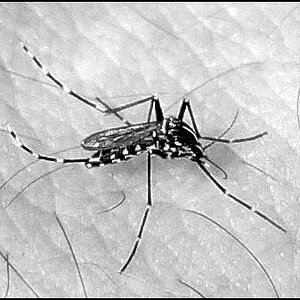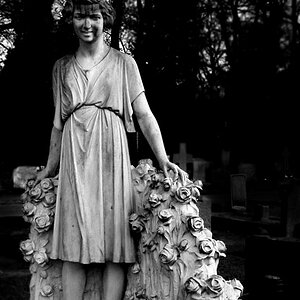vigilante
TPF Noob!
- Joined
- Feb 5, 2015
- Messages
- 55
- Reaction score
- 1
- Can others edit my Photos
- Photos OK to edit
In the old days they would have pulled the original image off the point-n-shoot, immediately begin editing in photoshop or something, export the "final", and that's it. All they ever had was the final JPG export, not the original shot, not the PSD, certainly not a RAW! I have some old "original" images that are all of 400 pixels wide!
Now they (a client) have a DSLR, shoot in RAW, and use a combination of Bridge, Photoshop, and the PS Camera RAW tool.
Only problem is finding out how to store everything.
The original RAW.
One or more Photoshop compositions and edits.
Multiple final exports at different sizes meant for different mediums. I might need one at 1000px wide for a store, and 800px for Facebook or a forum and 600px for the blog's native size, or 500px for the newsletter, etc etc. And of course an original pixel count PSD if it's meant for print, at highest quality.
The other exports might have varying qualities. The store has to be optimized as small as possible, but not so for Facebook or other hosted services. And most final exports would need a watermark.
I have to store all this stuff somewhere, but I also need to store it according to certain goals.
Example:
1) Most people in the organization do not need access to any "originals". No RAW, no PSDs, no archival TIFFs or whatever. Those should remain with the "media" person.
2) They need access to renders based on categories. For example they would need to browse a folder tree according to finding "store images". That is, all the final exports, with watermarks, that can be used online. I don't want to confuse them with optimized versions and full quality versions etc.
Basically my method now is kind of a mess. I have folder structures I'm trying to mirror in different parts of the computers and network. Like if I have a PSD on the media computer in 'store/categoryx/subtypeY/products_Z/version_Q/*.psd', then I need the public JPGs somewhere on the network in the same tree so that I can find them and match up different files.
Doing it this way is annoying if I ever want to change folder structures. It means nearly ALL files have to be specially named, so I can't just work off original file names from the camera. And I still have to separate the exact same image again into HQ print versions, or small versions for other media. Public images need the watermarks, certain other types don't. One PSD might be used for multiple renders, or I might have multiple PSDs for drastically different renders.
Not only is it confusing, I keep forgetting where particular files are. I might find a PSD, but no export, or I find a nice image, and can't track down the PSD (if it was even kept!) Some images don't need PSDs at all if simple RAW edits gets me what I want.
All that to say this, how do you guys store and archive all the different file types, originals, exports, prints, varying size renders and still keep it all logically organized? Not only logically organized but also in a way where only editors have access to some files, and the marketers and web guys only have access to versions suitable for them.
Any advice?
Now they (a client) have a DSLR, shoot in RAW, and use a combination of Bridge, Photoshop, and the PS Camera RAW tool.
Only problem is finding out how to store everything.
The original RAW.
One or more Photoshop compositions and edits.
Multiple final exports at different sizes meant for different mediums. I might need one at 1000px wide for a store, and 800px for Facebook or a forum and 600px for the blog's native size, or 500px for the newsletter, etc etc. And of course an original pixel count PSD if it's meant for print, at highest quality.
The other exports might have varying qualities. The store has to be optimized as small as possible, but not so for Facebook or other hosted services. And most final exports would need a watermark.
I have to store all this stuff somewhere, but I also need to store it according to certain goals.
Example:
1) Most people in the organization do not need access to any "originals". No RAW, no PSDs, no archival TIFFs or whatever. Those should remain with the "media" person.
2) They need access to renders based on categories. For example they would need to browse a folder tree according to finding "store images". That is, all the final exports, with watermarks, that can be used online. I don't want to confuse them with optimized versions and full quality versions etc.
Basically my method now is kind of a mess. I have folder structures I'm trying to mirror in different parts of the computers and network. Like if I have a PSD on the media computer in 'store/categoryx/subtypeY/products_Z/version_Q/*.psd', then I need the public JPGs somewhere on the network in the same tree so that I can find them and match up different files.
Doing it this way is annoying if I ever want to change folder structures. It means nearly ALL files have to be specially named, so I can't just work off original file names from the camera. And I still have to separate the exact same image again into HQ print versions, or small versions for other media. Public images need the watermarks, certain other types don't. One PSD might be used for multiple renders, or I might have multiple PSDs for drastically different renders.
Not only is it confusing, I keep forgetting where particular files are. I might find a PSD, but no export, or I find a nice image, and can't track down the PSD (if it was even kept!) Some images don't need PSDs at all if simple RAW edits gets me what I want.
All that to say this, how do you guys store and archive all the different file types, originals, exports, prints, varying size renders and still keep it all logically organized? Not only logically organized but also in a way where only editors have access to some files, and the marketers and web guys only have access to versions suitable for them.
Any advice?


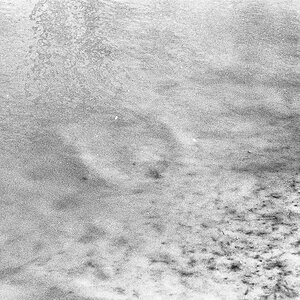
![[No title]](/data/xfmg/thumbnail/36/36681-6b091a8cd7318d47018c823a2eff3185.jpg?1619737677)

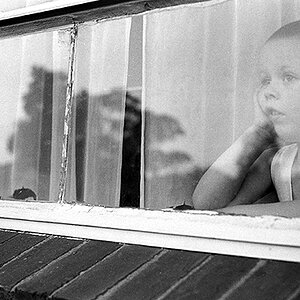
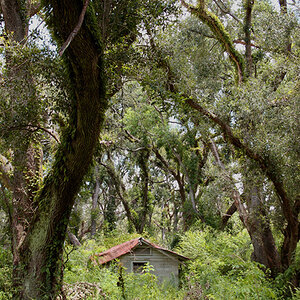
![[No title]](/data/xfmg/thumbnail/36/36678-71ca8166409788704ac0b1cd83c26787.jpg?1619737677)
